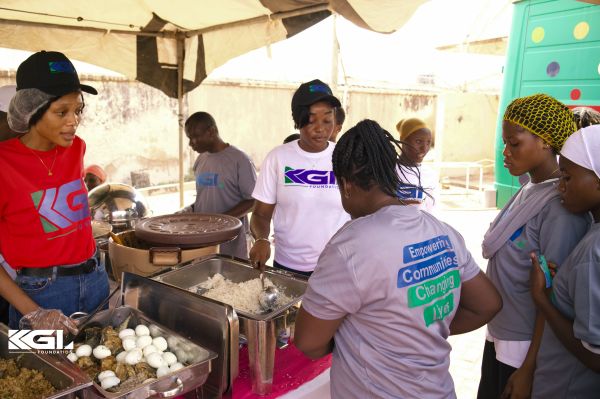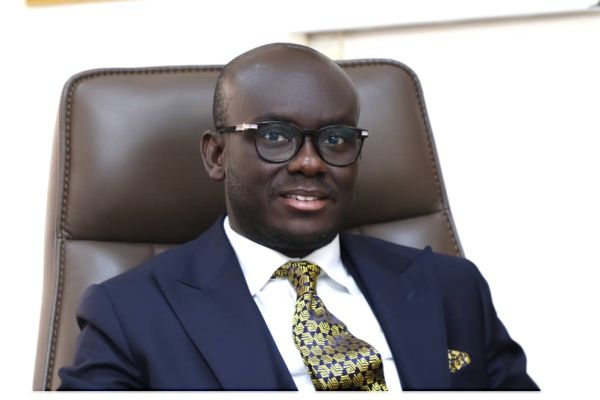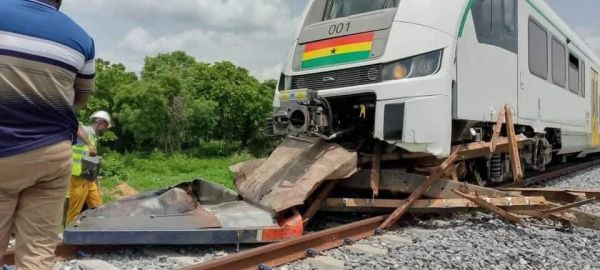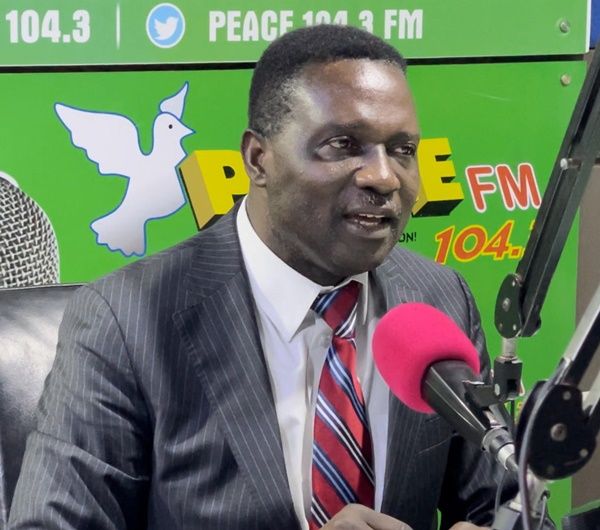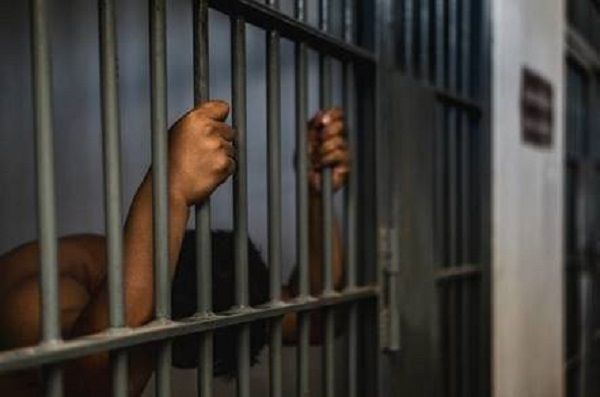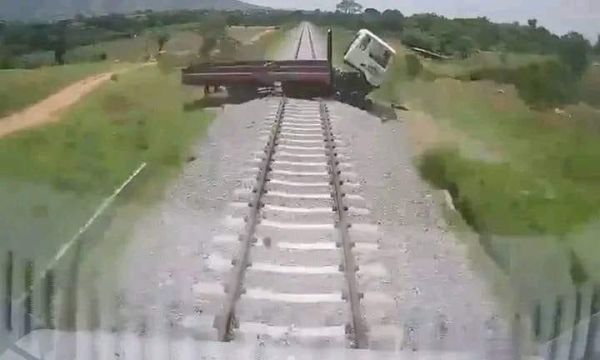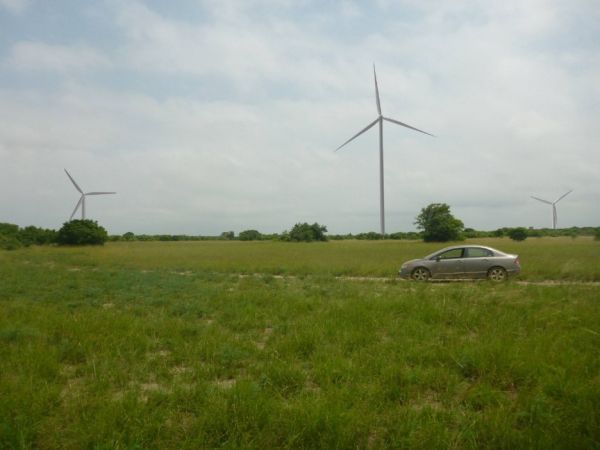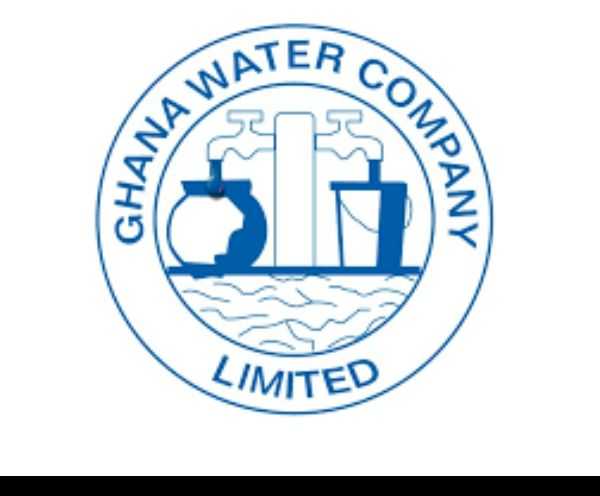
The Ghana Water Company Limited (GWCL) says it is losing, on average, 40 per cent of its water production capacity due to the pollution of the water bodies it uses as a source of production and the dry season.
The company has 92 systems across the country with an installed capacity of 183 million gallons a day, out of which 60 per cent is being achieved as of now.
The Head of Public Relations and Communications at the GWCL, Mr Stanley Martey, who made this known in an interview with the Daily Graphic, said the company was, as a result, undertaking a demand management exercise to ensure the equitable supply of water in the Greater Accra, Central, Western, Eastern and some parts of the Ashanti and the Northern regions.
“Currently, every treatment plant is producing under capacity; we are losing averagely 40 per cent of water production throughout the country,” he noted.
Demand management
Mr Martey said the demand management exercise had become necessary due to the company’s inability to meet the demand for water across the country.
“What we are doing now is demand management. We assess the various communities, know their demand and what the water is being used for, and then based on that, we give them a certain volume of water,” he explained.
He said the GWCL was on top of the situation and was doing everything possible to improve the situation.
“Consumers are experiencing erratic flow of water due to the dry season. We advise the public to cease the indiscriminate watering of lawns with treated water and report all persons engaged in illegal connections, by-passes and all malpractices.
“We also advise them to be moderate in the use of treated water for car washing by resorting to the use of buckets, instead of hosing, shut all taps when not in use, repair all leakages in their homes and report all burst pipes and leakages immediately to the nearest GWCL district offices, customer service centres and fault offices,” he said.
Intensify education
Mr Martey said water pollution was one of the main contributory factors to the current water shortage situation and called for intensified education against water pollution and illegal mining.
He also urged the law enforcement agencies to be proactive in stopping the activities of illegal miners whose mining activities greatly polluted the water bodies.
“All have to get involved to stop the pollution of water bodies. Let’s all get involved in educating the public to desist from water pollution. We also have to change our attitude towards the use of water, so that when we decide to use water judiciously, we will not have these problems,” he added.
Teshie Desalination Plant
On the Teshie Desalination Plant, which was built in February 2015 to address water supply shortfalls, particularly in the Teshie-Nungua area, Mr Martey said it was functioning but was not producing enough volumes for treatment.
He attributed the low production of the plant to frequent power outages which impeded its smooth running.
He noted that the GWCL was engaging the managers of the plant on ways to increase production.
“We are still engaging them to improve on their production, but then there are challenges such as power outages which affect their production,” he noted.
He advised customers to pay their bills to help the GWCL improve its, services noting that the bills were the only sources of revenue for the company.
Water shortage
Earlier in the week, the Daily Graphic had reported that water shortage had hit parts of Sekondi-Takoradi, Cape Coast and adjoining communities in the Western and the Central regions, respectively, due to the low level of water at the intake points of the GWCL in the two regions.
The situation, which had been occasioned by the onset of the dry season, had reduced water production levels in the two cities, which depend on water from the River Pra and the IDA Dam at Sekyere Hemang and Baifikrom, as well as other sources.
The water intake capacity at Sekyere Hemang in the Central Region, which is 15,000 cubic metres, is currently about 5,000 cubic metres.
The maximum operation level is 5.5 metres and a minimum of two metres, but the plant is doing 2.3 metres.
At the Baifikrom intake point, the daily production of 9,000 cubic metres has been reduced to 4,700 cubic metres.
In the Western Region, the two intake points at Inchaban and Daboase combined have the capacity to produce 6.5 million gallons a day but are currently producing between two and 2.7 million gallons on the average.
Dams under threat
Apart from illegal mining that has affected the quality of water for treatment, other human activities such as encroachment and pollution have also compounded the challenge.
For instance, the Barekese and Owabi dams continue to suffer from the activities of illegal miners and other encroachers within their catchment areas, causing the two facilities to produce below capacity, a situation that continuously threatens regular water supply in the Kumasi metropolis.
Encroachers have constructed residential facilities in the catchment area of the Owabi Dam, destroying more than half of the over 41,000 acres of land of the 13-kilometre square dam.
The two dams have been programmed to supply about 36 million gallons of water daily to Kumasi and its environs, but they produce about 28 million gallons due to siltation and other forms of pollution caused by sand winning, illegal tree felling, farming and new human settlements.
In October last year, the Executive Secretary of the Public Utilities and Regulatory Commission (PURC), Mrs Mami Dufie Ofori, cautioned that very soon Ghana might have to import water to satisfy its people if the rate at which people were encroaching on and destroying the nation’s water bodies was not checked.


